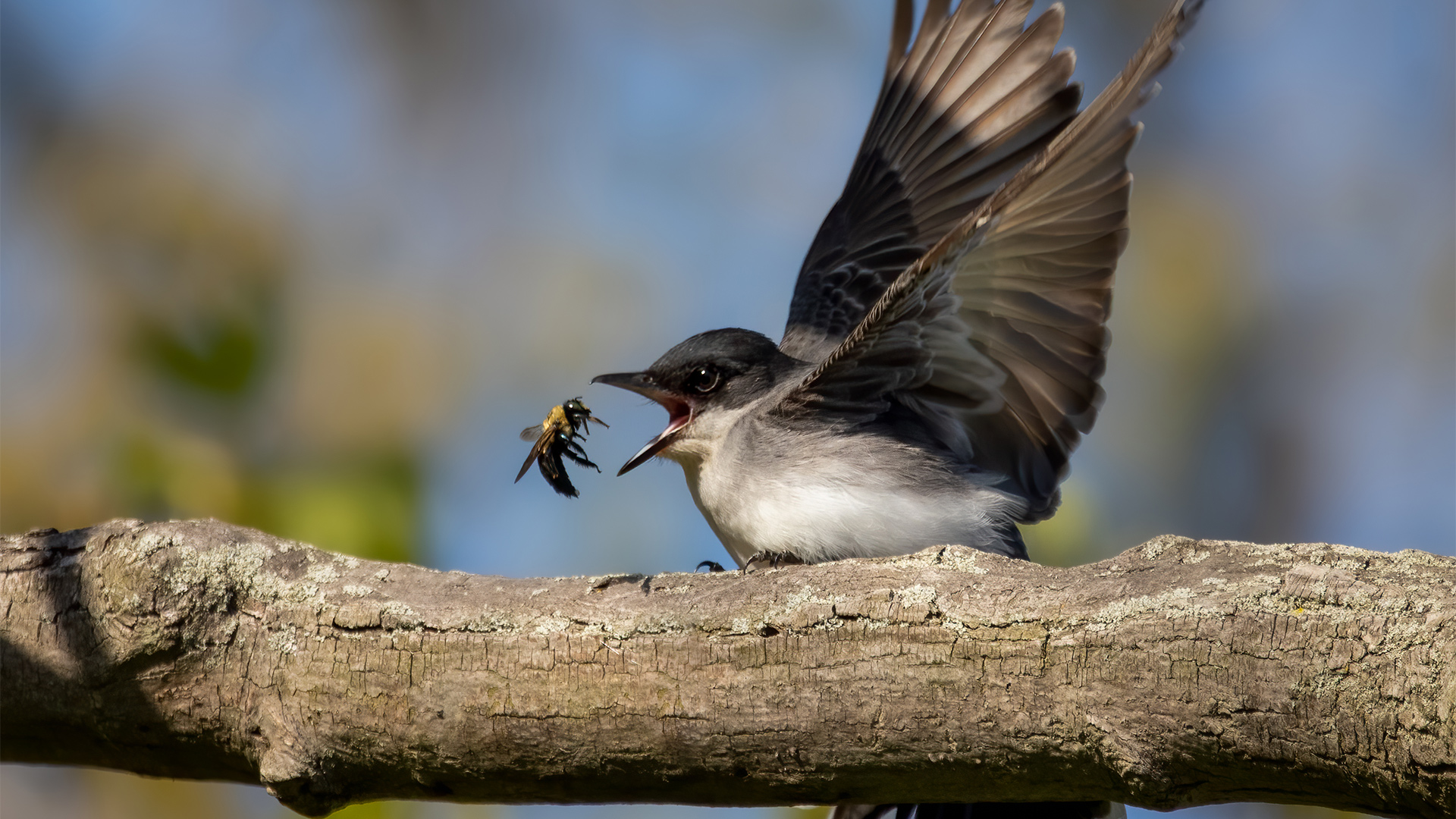The first field in every version of the BMDE is GlobalUniqueIdentifier, and this field is required for all data submitted to NatureCounts. A global unique identifier is a one-of-a-kind combination of letters and numbers that identifies a record (called a Uniform Resource Name or URN), and distinguishes it from all other possible records across all datasets. In other words, it is globally unique: no two records in NatureCounts have the same global unique identifier.
Global unique identifiers are persistent over time. This means that if you download the same dataset at different times, a given record will always have the same global unique identifier.
The global unique identifier is constructed the same way for every record in NatureCounts. It is:
URN:catalog:[InstitutionCode]:[CollectionCode]:[CatalogNumber]
Where [InstitutionCode] represents the institution that collected the data, [CollectionCode] represents the project in which the data were collected, and [CatalogNumber] is a unique combination of letters and/or numbers for the record within its project. Often the catalog number is a combination of a unique checklist identifier, station identifier, and record identifier. For example, a record from the Marsh Monitoring Program might have the global unique identifier:
URN:catalog:BIRDSCANADA:MMPBIRDS:12345-A-RWBL
The global unique identifier functions to identify an individual record within NatureCounts. While it may contain pieces of information about the record, providing detailed information is not its purpose. For more information about the institution, project, or protocols for a given record you should reference the associated metadata.
Next section: Sampling Event Identifiers













